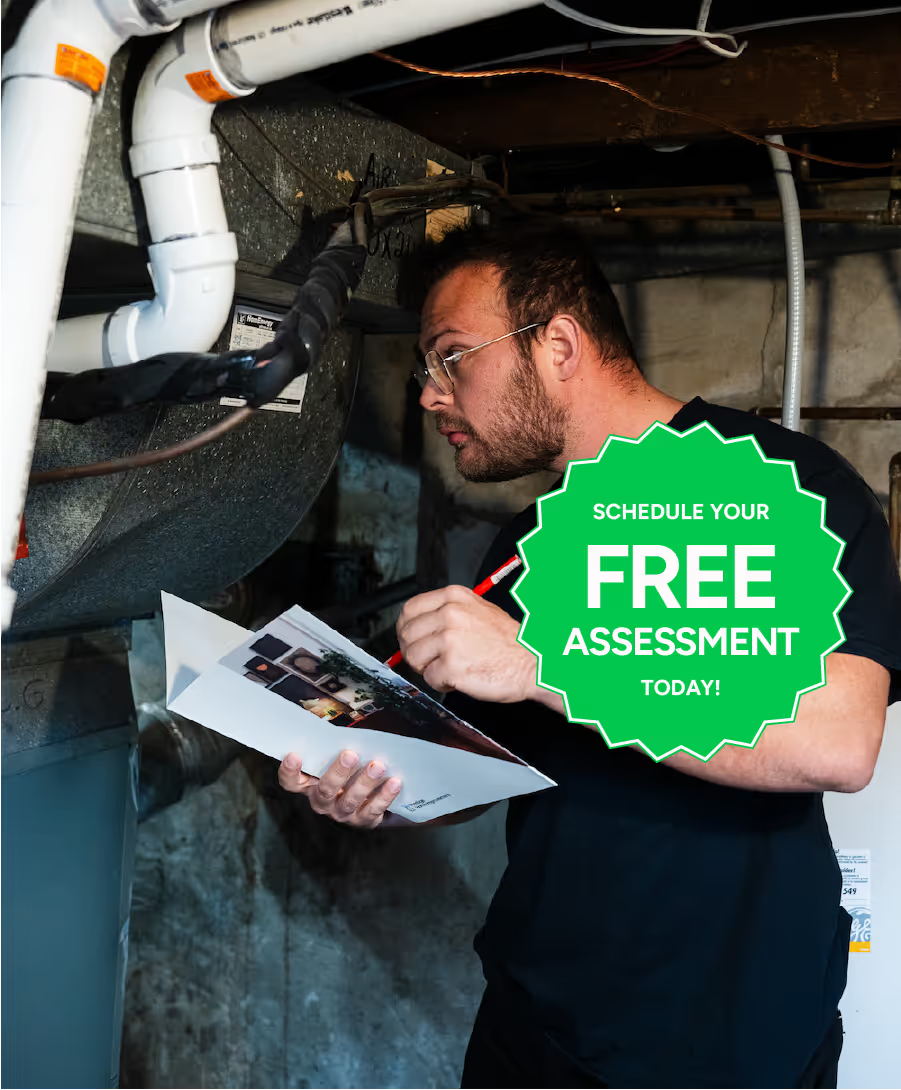
Best practices for your heat pump
Air-to-air heat pumps operate distinctly compared to traditional heating systems like gas furnaces or boilers. To enhance your comfort and optimize energy savings, it's essential to follow these guidelines.
Let your heat pump run
Thermostat management for heat pumps
For peak efficiency, it's advisable to maintain a steady temperature on your heat pump's thermostat, both during the night and when you're away. This approach differs significantly from how you might use a furnace or boiler, where temporary adjustments are common. Avoid frequent changes to the thermostat settings as this can result in increased energy consumption. Choose a comfortable temperature setting and allow the heat pump to operate consistently.
Guidance for using heat pumps in winter
During the cold winter months, it's crucial to keep your heat pump running, even in sub-zero temperatures. Turning off your heat pump in extreme cold is not recommended. If you find the heat output insufficient, adjust the thermostat to a higher setting. Additionally, for enhanced warmth, you may set the air flow to its maximum level. This approach ensures efficient operation and optimal heating during winter.
Primary seating and cooling source: heat pump utilization
For ductless heat pumps: Rely on your heat pump as the main source for heating and cooling in your home. In regards to your backup system which would be your old heating system, lower its thermostat significantly and allow the heat pump to handle the temperature regulation.
For ducted heat pump: When using a ducted system that integrates a heat pump with a furnace, the process becomes more automated. The thermostat in such setups is designed to seamlessly switch between the heat pump and the furnace based on temperature needs and efficiency. This ensures that your home maintains optimal comfort levels while maximizing energy efficiency. With this system, the heat pump often serves as the primary source for temperature regulation, with the furnace kicking in as needed, particularly during extremely cold conditions where the heat pump's efficiency might be lower.
Keep the heat pump clean
Filter maintenance
It's essential to either vacuum or rinse the indoor air filters of your heat pump whenever the indicator light signals or if you notice visible dirt accumulation. As a basic guideline, clean or replace the dust filter following the manufacturer's instructions. This might be a monthly task, depending on the level of dirt accumulation. Additionally, for allergen cartridges, adhere strictly to the manufacturer's guidelines for washing or replacing them.
Air flow consideration
Ensure that there is unobstructed airflow around both the indoor and outdoor units of your heat pump system. This is essential for efficient operation.
Outdoor unit maintenance
For those with an air source heat pump, it's important to ensure the outdoor unit remains free from blockages such as leaves, debris, snow, ice, or water runoff from the roof.Installing a shelter for rain and snow can reduce the effort required to maintain the unit's cleanliness. Additionally, make sure to prune any plants or bushes that come into contact with the unit to ensure unobstructed airflow.
Seasonal inspections
Regularly inspect both your indoor and outdoor heat pump equipment at least once every season. Look out for any clear signs of damage such as mold, ice accumulation, or water leakage from the unit. Additionally, if you observe an indicator light activated, make sure to clean the filter prior to contacting a maintenance specialist.
Tips & tricks
Room-to-room heating management for ductless heat pumps
Heating multiple rooms: Ensure doors are open between the heat pump and other rooms you wish to heat.
Heating a single room: If heating is required only in the room with the heat pump, keep the doors to adjacent rooms closed.
Fan setting for optimal distribution
Begin with the 'Auto Fan' setting. If heating does not sufficiently reach all areas, switch to the lowest level that will meet your needs. Adjust the direction of the air flow for comfort; directing warm air downwards is often most effective.
Modify the vanes to direct airflow to areas where heating is most needed.
Heat pump modes for seasonal efficiency
Set the mode to “Heat” during winter and “Cool” in summer, avoiding the “Auto Temperature” setting which can inadvertently switch between heating and cooling.
Using 'Auto Temperature' might lead to unnecessary heating on cool summer nights or cooling on sunny winter days, potentially activating backup heating systems and leading to energy and cost inefficiencies.
Seasonal inspections
Scheduling Maintenance Visits: It's important to arrange regular maintenance appointments with the installer of your heat pump. Refer to the manufacturer's specifications or warranty details for guidance on the recommended frequency of these visits, which is typically every 1 to 2 years.
Addressing Damage Promptly: If you detect any damage to your heat pump, contact your installer immediately to schedule a service appointment. They will ensure that your heat pump is functioning correctly and address any issues.



